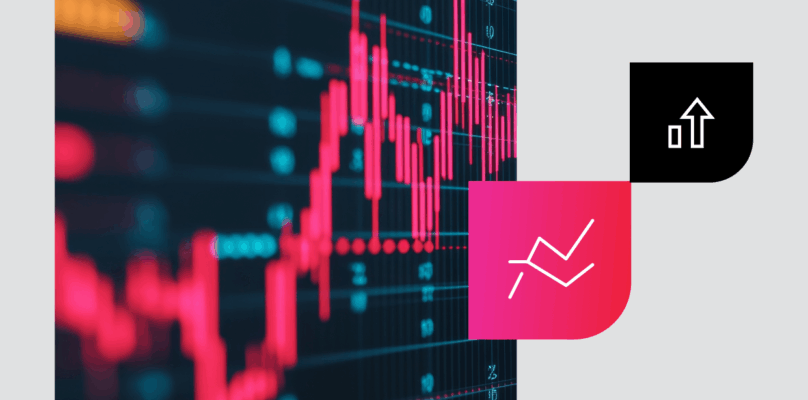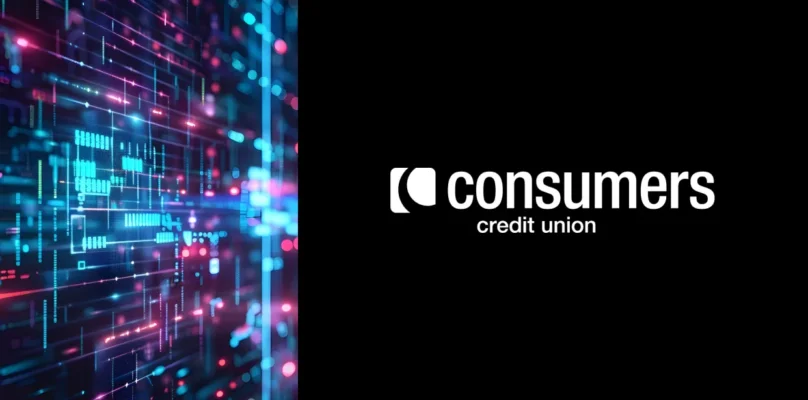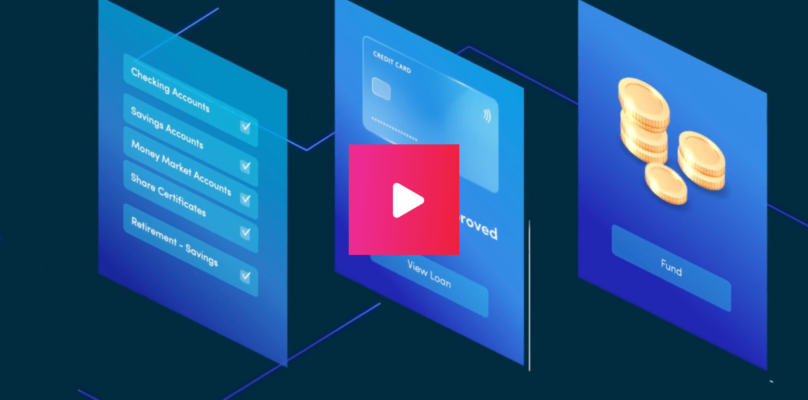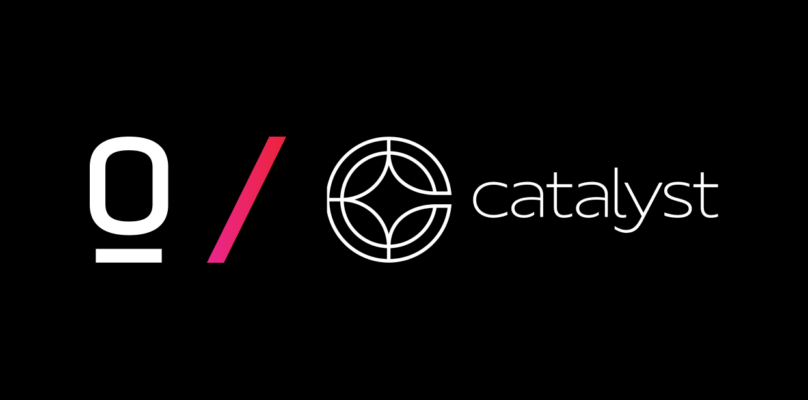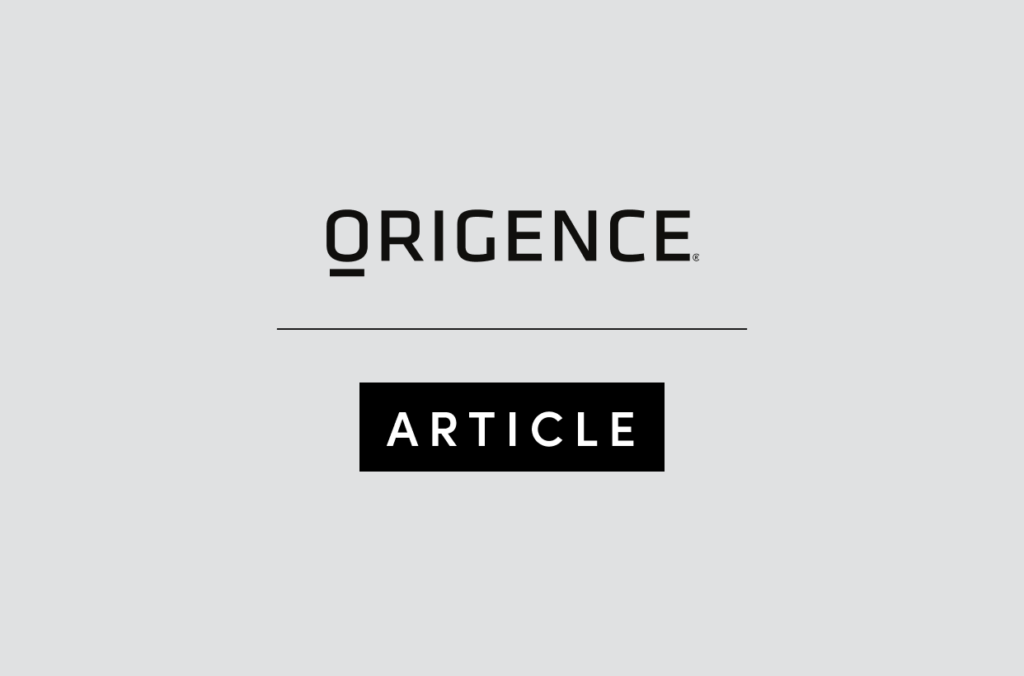As of early June, the U.S. economy started to recover from the shock of the unprecedented shutdown caused by more than 40 state governors issuing some form of “stay-at-home” orders in an effort to contain the Coronavirus pandemic.
Elliot Eisenberg, nationally acclaimed economist, pointed to several leading and lagging economic indicators, all of which began tumbling precipitously starting on or shortly after March 15. In recent days, however, many of these indices appear to have found the bottom and are starting to rise. Among these are the closely watched University of Michigan Consumer Sentiment Index, retail sales activity and credit card transactions. Similarly, delinquency rates generally have peaked and are falling.
“Things appear to have bottomed or are on the verge of bottoming,” Eisenberg assessed. “We are getting out of our hole and the slope suggests we will continue to catch up – spending is still going up.”
A Path Out, and a Nike Swoosh
Further buttressing Eisenberg’s optimism: when the University of Michigan Consumer Sentiment Index started to rise a few weeks ago, the bottom was not as low as seen in 2009, during the Great Recession.
“Retail sales activity bottomed and has come up, so we can see a path out,” he said.
On a real basis, credit card balances today are the same as they were 12-to-13 years ago, Eisenberg continued. He described delinquencies as “not bad” overall, with slight concern over a small rise in credit card delinquencies. Auto loan delinquencies continue to rise – a marker Eisenberg has warned credit unions to be cautious about in his previous economic webinars.
In another continuing negative trend: used cars are “not holding their values,” Eisenberg noted. He said used vehicle prices have been falling since 2014, and saw a sharp drop recently. The latest reading of the Manheim U.S. Used Vehicle Value Index is down -9.5% year over year. Auto lending has dropped “significantly,” he said, as light vehicle sales have fallen. Eisenberg said April and May were bad months for auto sales, but he expects the sector to recover in the second half of the year.
Every state is in recession, Eisenberg said, adding some states will get out faster than others.
“There is a Nike swoosh-shaped recovery coming – a rapid down, followed by steady recovery,” Eisenberg predicted. “The Real Personal Consumption Expenditures index will be greatly affected, dragged down by a bad April, a slightly better May, and an even better June.”
Government Stimulus Still Needed
Eisenberg has praised the federal government’s response to the economic crisis in his two most recent webinars, but he said this is no time for Treasury Secretary Steve Mnuchin and company to rest on their laurels.
“Small business has little in cash reserves,” Eisenberg warned. “We need government programs to continue to supply stimulus, such as the Paycheck Protection Program. The CARES package has protected the economy, but we need more. We need the HEROES Act to keep us from going backward. Households and businesses need more government help.”
Of course, all of this government spending is driving a huge budget deficit – to levels that are far worse than 2009 noted Eisenberg. However, the U.S. dollar is “surprisingly strong.”
The outlook for corporate profits in 2020 is “bleak,” Eisenberg continued, as many firms have halted or reduced dividends. The oil rig count is down precipitously, although he expects consumption of gasoline will improve going forward as the economy re-awakes.
Factory utilization rates are declining, he noted, adding a slowdown in the manufacturing sector usually is what leads the American economy into a recession. At other times, manufacturing declines but the service side keeps things upright. In the case of the Coronavirus shock, Eisenberg said it was services that led the country into recession due to the lockdown.
Net interest margin for all banks is down. Rising interest rates had helped prior to the shutdown, Eisenberg said. Unlike several European Central Banks, the U.S. Federal Reserve Board has said it is not going to take interest rates to negative. Eisenberg said it is “still worth a conversation” by credit unions so they can be prepared in case such a move takes place.
Continued Presence of Virus Weighs on Optimism
Inflation continues to be missing in action, as the PCE Price Index is barely above zero. Eisenberg predicted interest rates will “stay where they are, as they cannot fall any more.”
“The Fed does not want to squash the recovery, so I expect rates will go up only slightly in 2021 and then another small increase in 2022.”
One lending trend to watch is allowing borrowers to skip a month, or even two months, as money is tight due to the economic shutdown. As 38.6 million jobs were lost in just nine weeks, forbearance is going up. Just 0.25% of loans had a forbearance clause in place as of March 2. As of May 10, some 8.16% of loans saw forbearance.
Eisenberg said lenders should be tightening their lending underwriting standards until the economy has fully recovered. “Make sure people have a job.”
Canada’s Big Six banks are $8.9 billion Canadian Dollars in their loan loss provisions. This amount is not as big as their U.S. counterparts, but the total is more than twice as much as recent years.
Record Setting Recession?
The Great Recession of 2008-2009 dragged on for 18 months, making it the lengthiest downturn since the Great Depression of the 1930s. As he has from the early days of the crisis, Eisenberg once again predicted the pain will not last nearly as long this time.
“The length of this recession is going to be staggeringly short,” he said, noting the shortest recession on record was 6 months, in 1990. “This recession is likely to be 3 months, possibly 4-5 months, and then the next 2 years should see good, solid growth.”
